Home>Gardening & Outdoor>Landscaping Ideas>How To Keep Grass Clippings Out Of Mulch Beds When Mowing
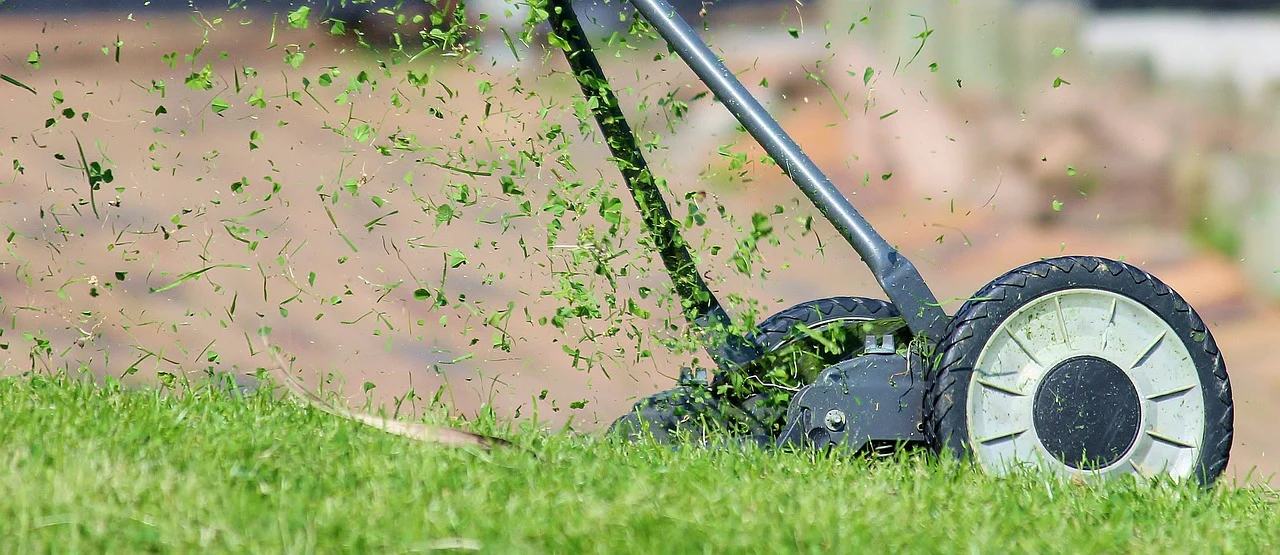

Landscaping Ideas
How To Keep Grass Clippings Out Of Mulch Beds When Mowing
Modified: February 18, 2024
Learn effective landscaping ideas to prevent grass clippings from getting into your mulch beds when mowing. Keep your garden looking tidy and well-maintained.
(Many of the links in this article redirect to a specific reviewed product. Your purchase of these products through affiliate links helps to generate commission for Storables.com, at no extra cost. Learn more)
Introduction
Landscaping adds beauty and functionality to outdoor spaces, creating a harmonious blend of nature and human design. One of the key aspects of maintaining a beautiful landscape is the proper care and maintenance of mulch beds. Mulch not only enhances the aesthetic appeal of gardens and flower beds but also provides numerous benefits, such as moisture retention, weed suppression, and soil insulation.
However, a common challenge faced by many homeowners and gardeners is the accumulation of grass clippings within mulch beds. While grass clippings are a natural byproduct of mowing the lawn, they can pose several problems when they infiltrate mulch beds. These issues include nutrient imbalances, weed proliferation, and an unsightly appearance.
In this article, we will explore the reasons why grass clippings can be problematic in mulch beds and provide valuable tips for keeping them out. By implementing these strategies, you can maintain the health and beauty of your mulch beds, ensuring that they remain a vibrant and integral part of your landscape. Let's delve into the intricacies of managing grass clippings in mulch beds and discover effective solutions to this common landscaping dilemma.
Key Takeaways:
- Keep grass clippings out of mulch beds by adjusting mowing techniques, using mulching mowers, and promptly clearing clippings to maintain a clean and vibrant landscape.
- Prevent grass clippings from infiltrating mulch beds by establishing physical barriers, utilizing grass catchers, and implementing regular maintenance for a visually stunning and thriving landscape.
Read more: How To Dry Grass Clippings For Mulch
Why Grass Clippings Can Be Problematic
Grass clippings, when left to decompose on the surface of mulch beds, can create a host of issues that compromise the health and appearance of the landscape. Understanding the potential problems associated with grass clippings in mulch beds is essential for implementing effective preventive measures.
Nutrient Imbalance: While grass clippings contain valuable nutrients that can benefit the soil, their rapid decomposition process can lead to an imbalance in nutrient availability. Excessive nitrogen release from decomposing grass clippings may result in an overabundance of this nutrient in the soil, potentially causing harm to plants and disrupting the overall nutrient equilibrium.
Weed Growth: Grass clippings left in mulch beds can provide an ideal germination environment for weed seeds. The warmth and moisture retained by the mulch, coupled with the nutrient-rich decomposition of the grass clippings, create favorable conditions for weed proliferation. This can lead to an increase in unwanted vegetation, competing with desirable plants for essential resources.
Compromised Aesthetics: Mulch beds adorned with unsightly clumps of grass clippings detract from the visual appeal of the landscape. The presence of grass clippings on the mulch surface can create a messy and unkempt appearance, diminishing the overall beauty of the garden or flower bed.
Soil Compaction: Over time, the accumulation of grass clippings can contribute to soil compaction within mulch beds. This can impede water infiltration, air circulation, and root growth, negatively impacting the health of plants and diminishing the effectiveness of the mulch in maintaining soil moisture and temperature.
By recognizing the potential drawbacks of allowing grass clippings to infiltrate mulch beds, homeowners and landscapers can take proactive measures to mitigate these issues and preserve the vitality of their outdoor spaces. In the following section, we will explore effective tips for keeping grass clippings out of mulch beds, empowering individuals to maintain a flourishing and visually appealing landscape.
To keep grass clippings out of mulch beds when mowing, use a grass catcher attachment on your lawn mower. This will collect the clippings before they have a chance to spread into the mulch beds.
Tips for Keeping Grass Clippings Out of Mulch Beds
Effectively managing grass clippings to prevent their infiltration into mulch beds is essential for preserving the health and aesthetics of the landscape. By implementing the following tips, homeowners and gardeners can maintain clean, vibrant mulch beds while minimizing the potential problems associated with grass clippings.
- Adjust Mowing Technique: To reduce the dispersion of grass clippings onto mulch beds, consider adjusting the mowing technique. Raise the mower deck to a higher setting, allowing the grass to remain slightly longer after mowing. Longer grass clippings are less likely to be propelled onto surrounding mulch beds, helping to contain them within the lawn area.
- Use a Mulching Mower: Investing in a mulching mower can significantly decrease the production of visible grass clippings. Mulching mowers are designed to finely chop the grass clippings and distribute them back onto the lawn as a natural fertilizer. This process minimizes the accumulation of large clumps of grass that can find their way into mulch beds.
- Clear Clippings Promptly: After mowing the lawn, promptly remove any visible grass clippings that have landed on the edges of mulch beds. This proactive approach can prevent the clippings from decomposing and integrating with the mulch, maintaining the cleanliness and visual appeal of the mulch beds.
- Establish a Barrier: Create a physical barrier between the lawn and mulch beds to prevent grass clippings from migrating. Edging materials such as plastic, metal, or stone can delineate the boundaries, acting as a deterrent for grass clippings and other debris to encroach onto the mulched areas.
- Utilize Grass Catchers: When mowing, attach a grass catcher to the mower to collect the clippings and prevent them from being dispersed onto the mulch beds. Empty the grass catcher in an appropriate location, such as a compost pile, to harness the nutrient-rich benefits of the grass clippings without compromising the cleanliness of the mulch beds.
- Regular Maintenance: Implement a routine maintenance schedule for mulch beds, including raking and fluffing the mulch to deter the accumulation of grass clippings. By regularly tending to the mulch beds, homeowners can minimize the presence of grass clippings and maintain a pristine landscape.
By incorporating these practical strategies into lawn care and landscaping routines, individuals can effectively mitigate the challenges associated with grass clippings infiltrating mulch beds. These proactive measures not only preserve the visual appeal of the landscape but also contribute to the overall health and vitality of the outdoor environment.
Conclusion
Mulch beds are an integral component of a well-maintained landscape, providing a multitude of benefits ranging from weed suppression to soil moisture retention. However, the intrusion of grass clippings into mulch beds can present challenges that compromise the health and aesthetics of outdoor spaces. By understanding the potential problems associated with grass clippings in mulch beds and implementing effective preventive measures, homeowners and gardeners can preserve the beauty and functionality of their landscapes.
Recognizing the impact of grass clippings on nutrient balance, weed proliferation, and visual appeal underscores the importance of proactive grass clipping management. Adjusting mowing techniques, utilizing mulching mowers, promptly clearing clippings, establishing physical barriers, employing grass catchers, and maintaining mulch beds are practical strategies that empower individuals to keep grass clippings out of mulch beds. By integrating these tips into their landscaping practices, homeowners can maintain clean, vibrant mulch beds that enhance the overall allure of their outdoor environments.
Ultimately, the successful management of grass clippings in mulch beds contributes to the creation of a visually stunning and thriving landscape. By embracing these strategies and maintaining a proactive approach to lawn care, individuals can enjoy the benefits of well-preserved mulch beds that complement the natural beauty of their gardens and flower beds. Through a combination of thoughtful landscaping practices and effective grass clipping management, homeowners can ensure that their outdoor spaces remain inviting, healthy, and visually captivating for years to come.
With a commitment to implementing these tips and a dedication to the ongoing care of mulch beds, individuals can cultivate landscapes that are not only aesthetically pleasing but also conducive to the flourishing of plant life and the enjoyment of outdoor living spaces.
Frequently Asked Questions about How To Keep Grass Clippings Out Of Mulch Beds When Mowing
Was this page helpful?
At Storables.com, we guarantee accurate and reliable information. Our content, validated by Expert Board Contributors, is crafted following stringent Editorial Policies. We're committed to providing you with well-researched, expert-backed insights for all your informational needs.
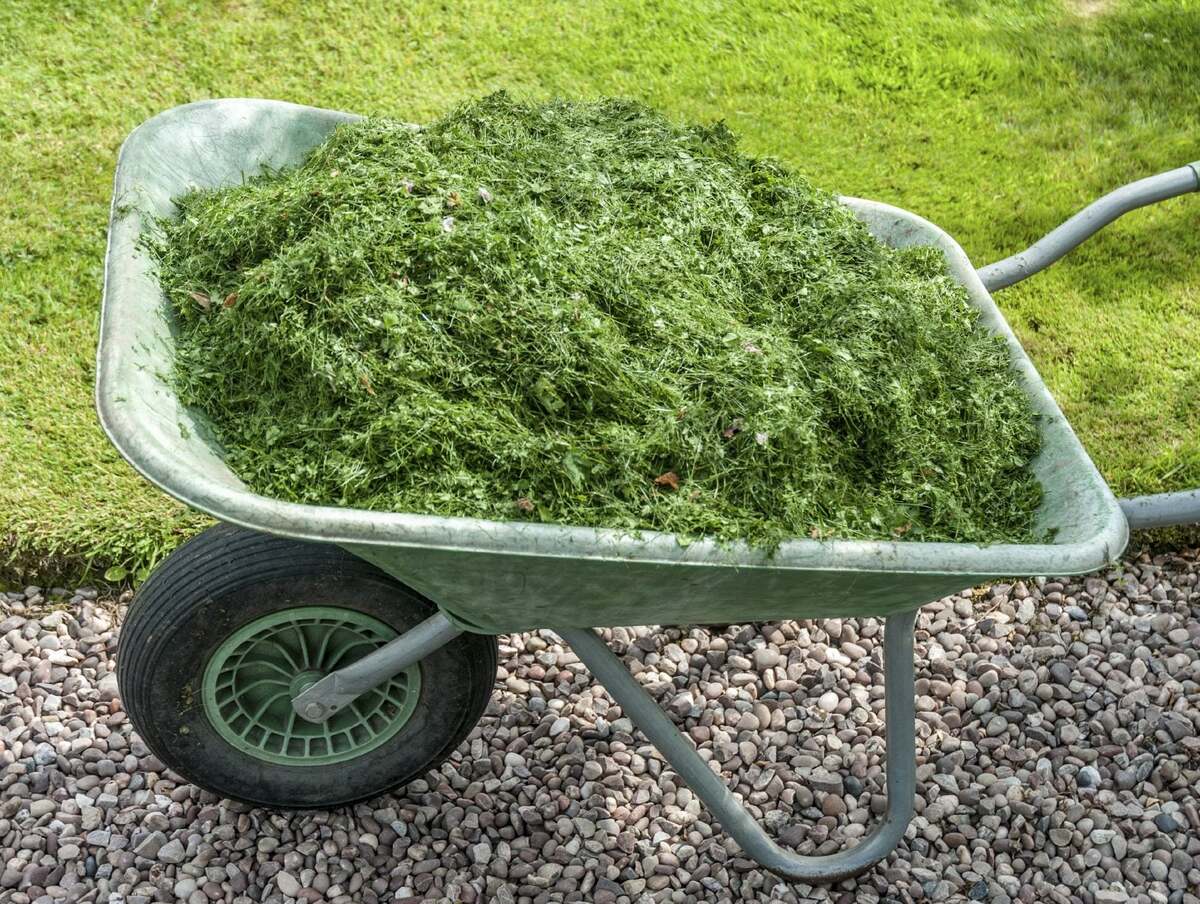
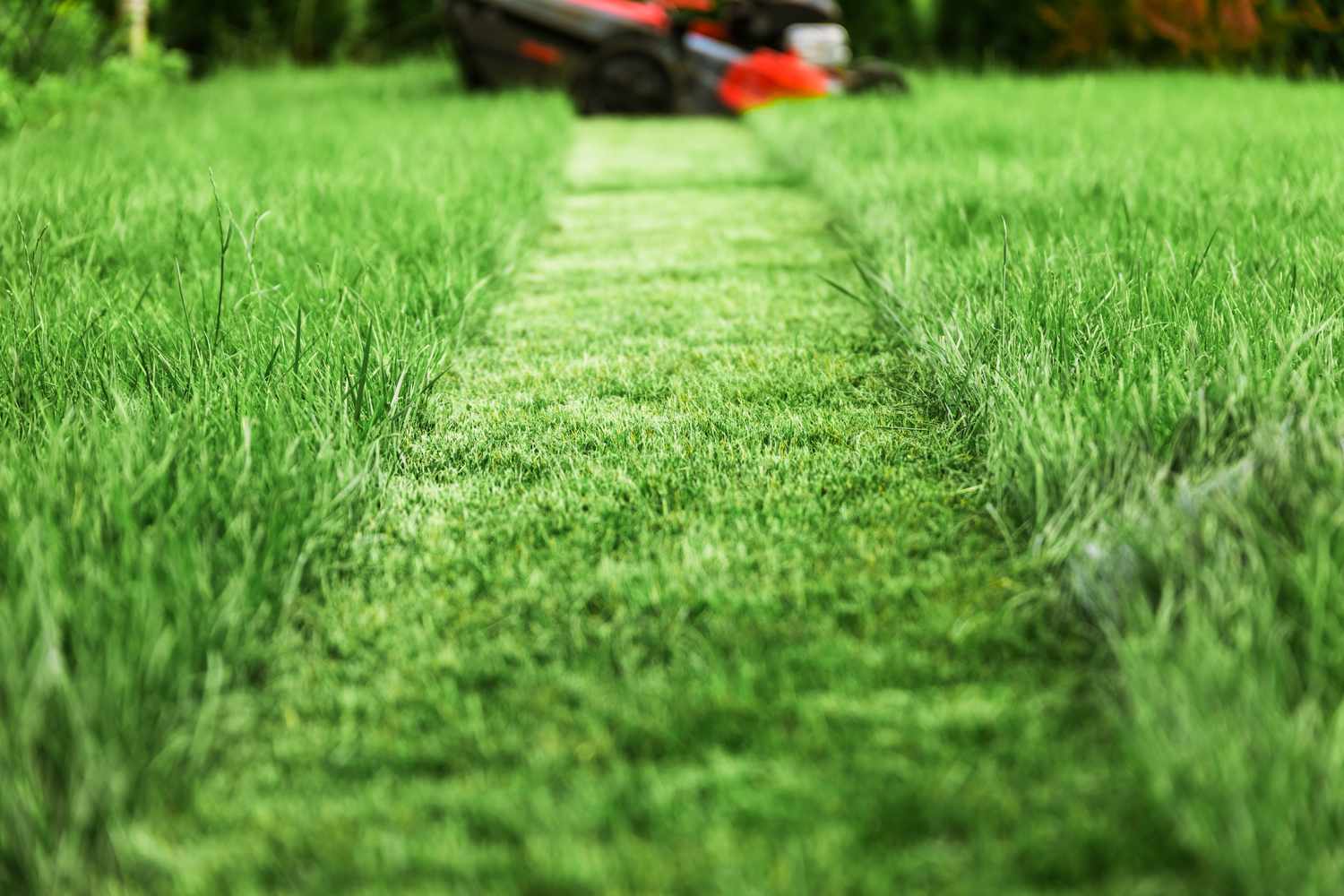
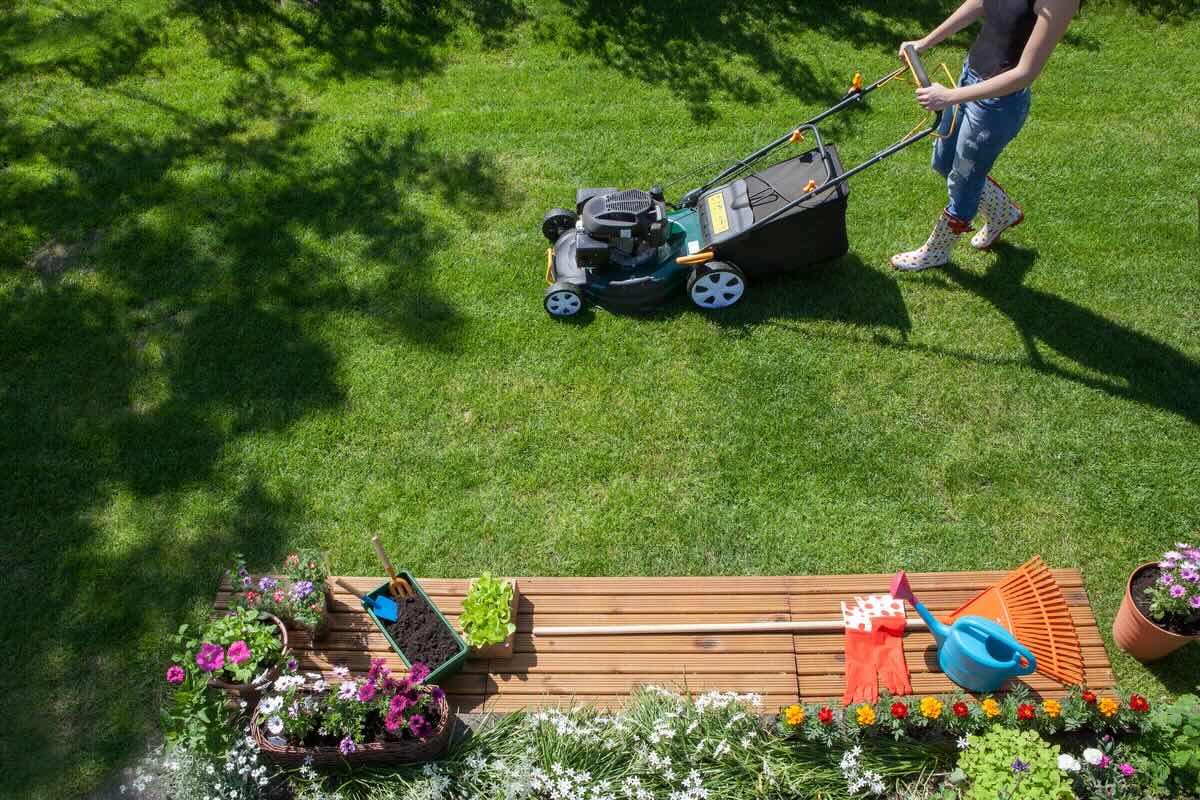
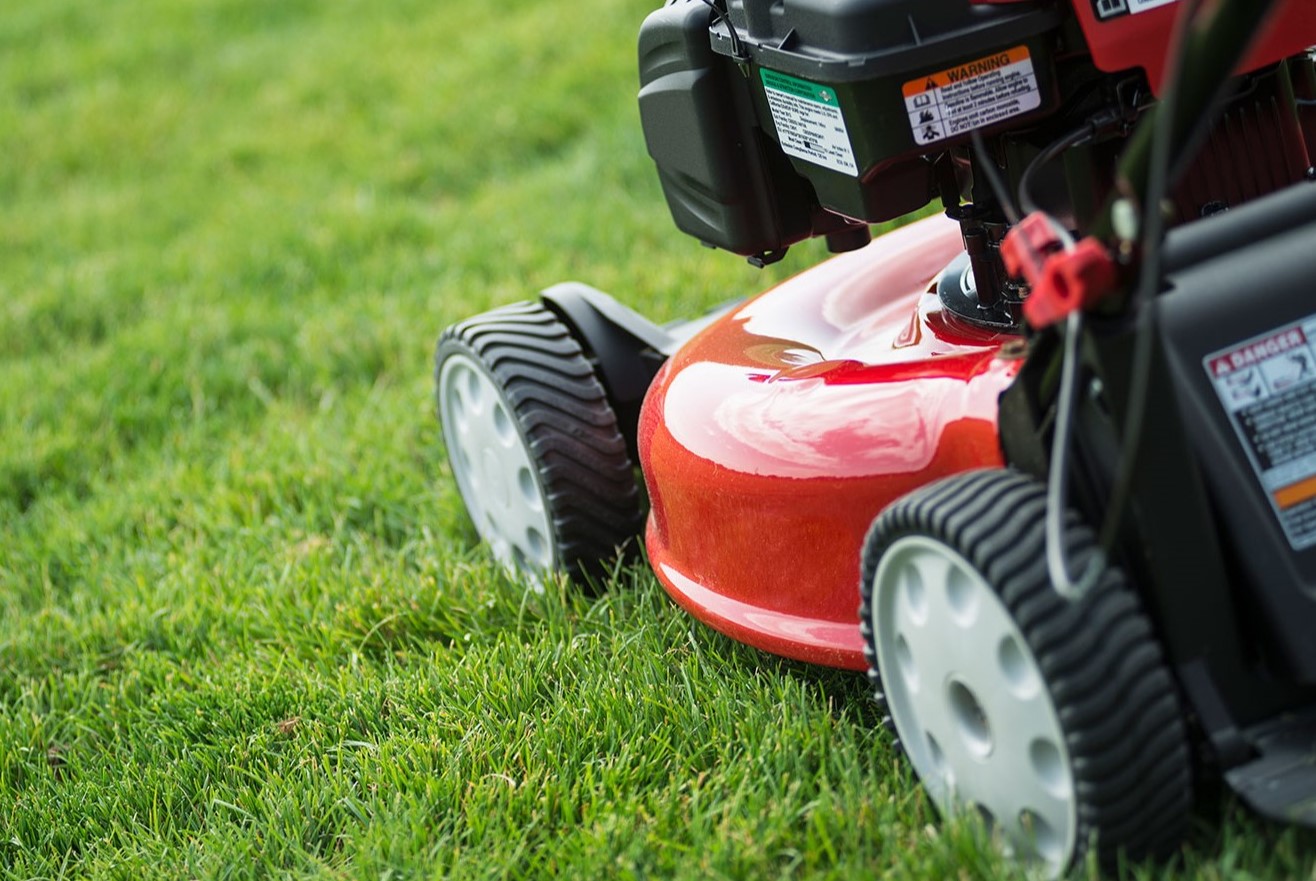
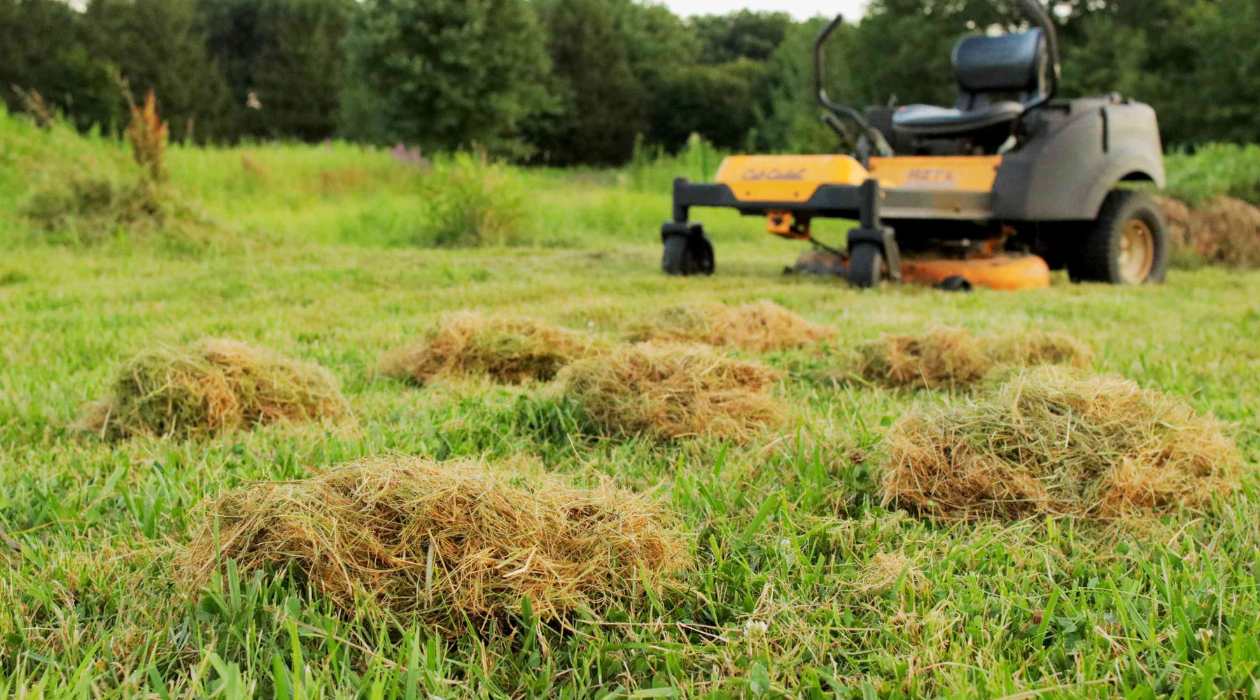
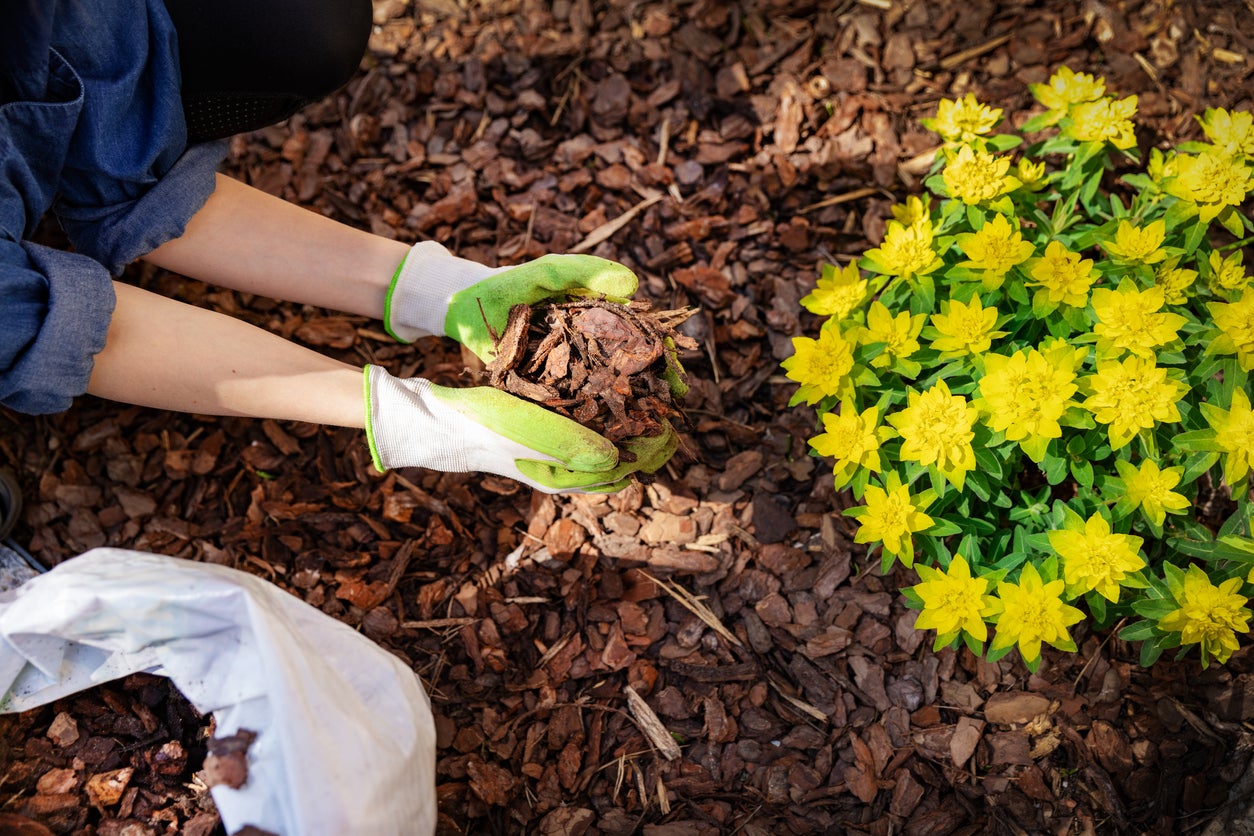
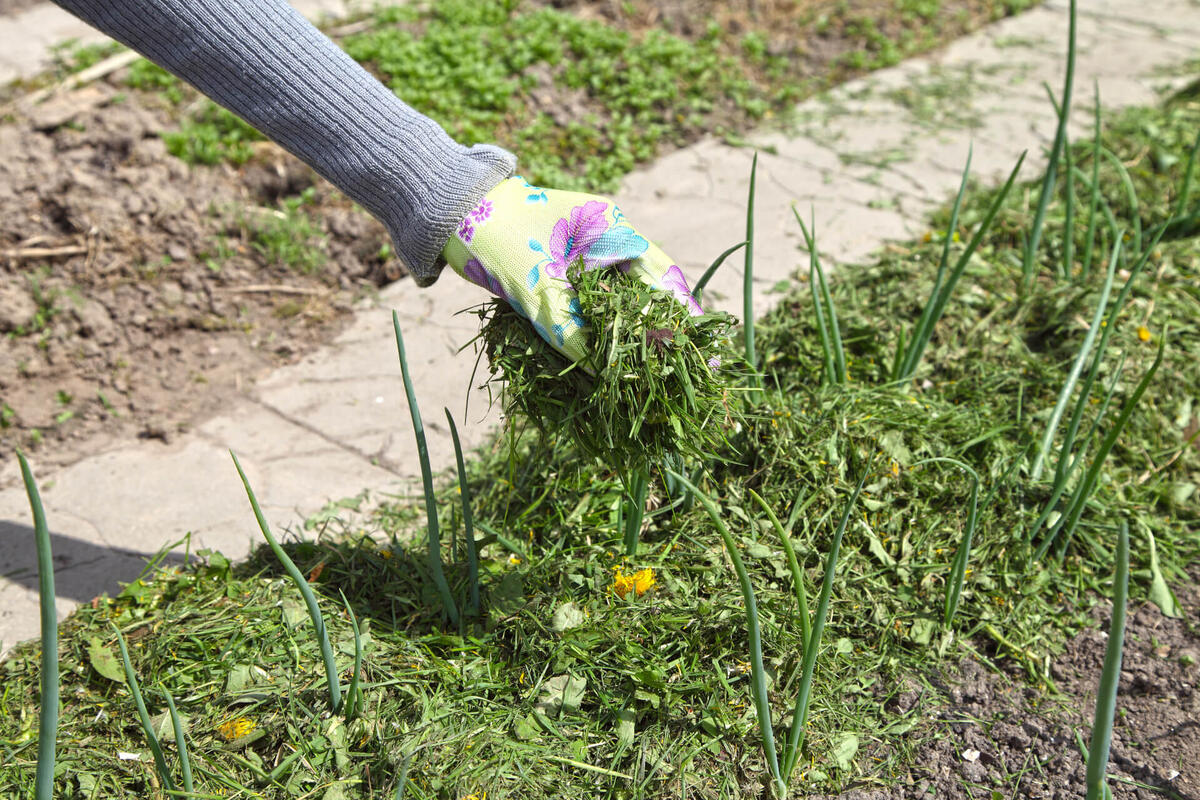
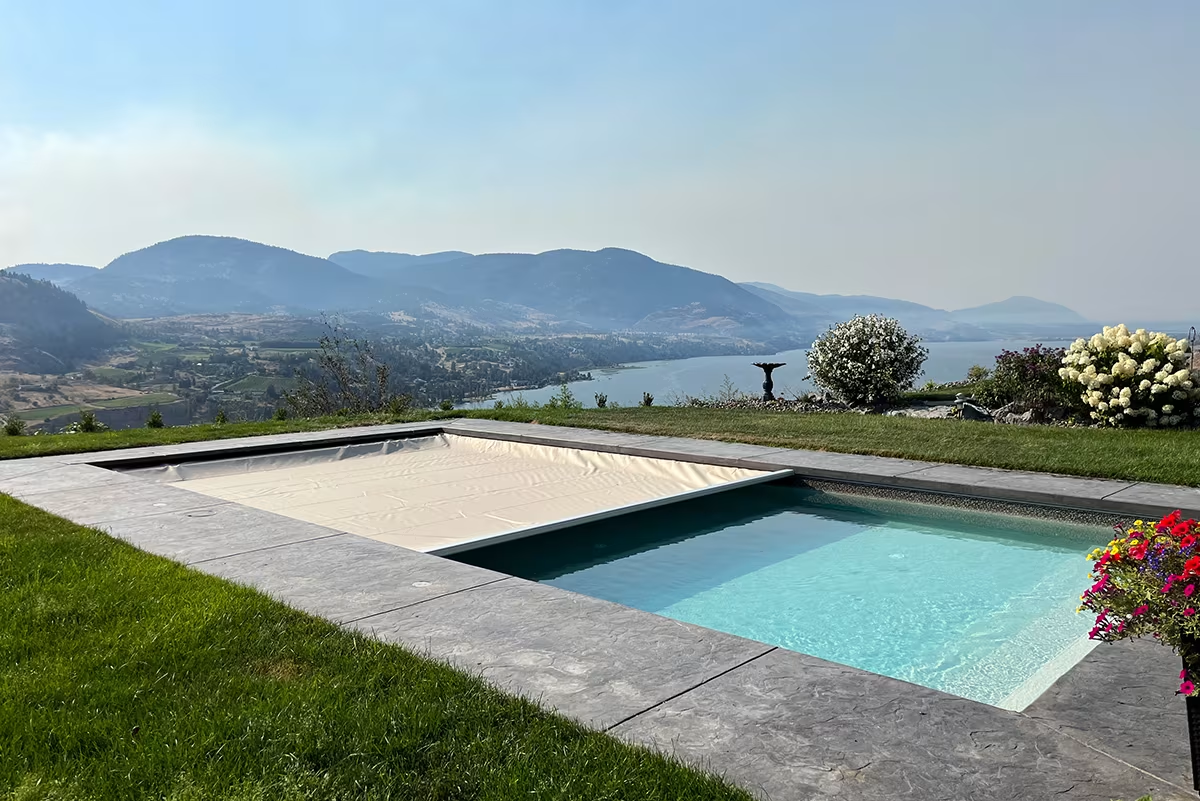
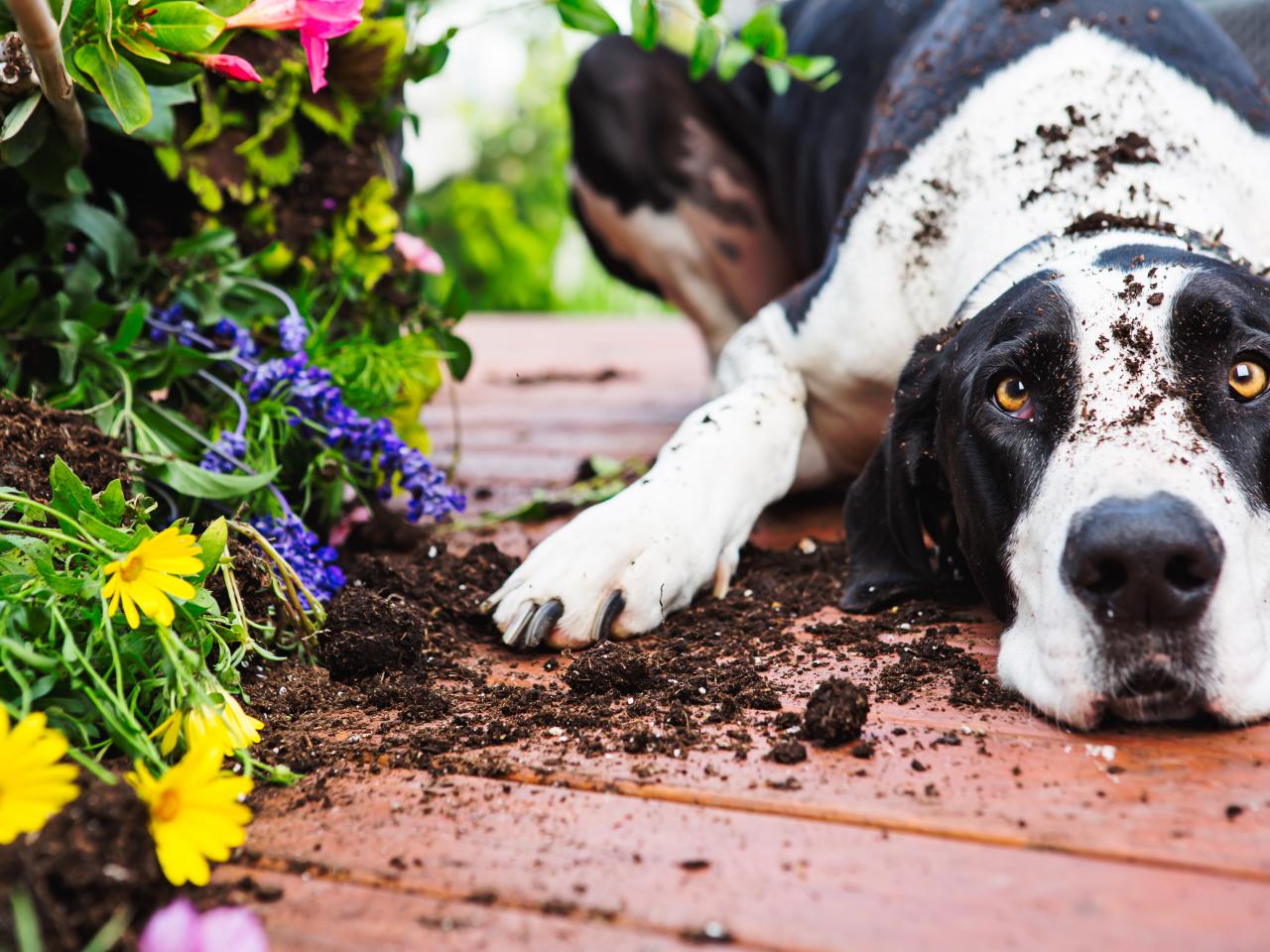
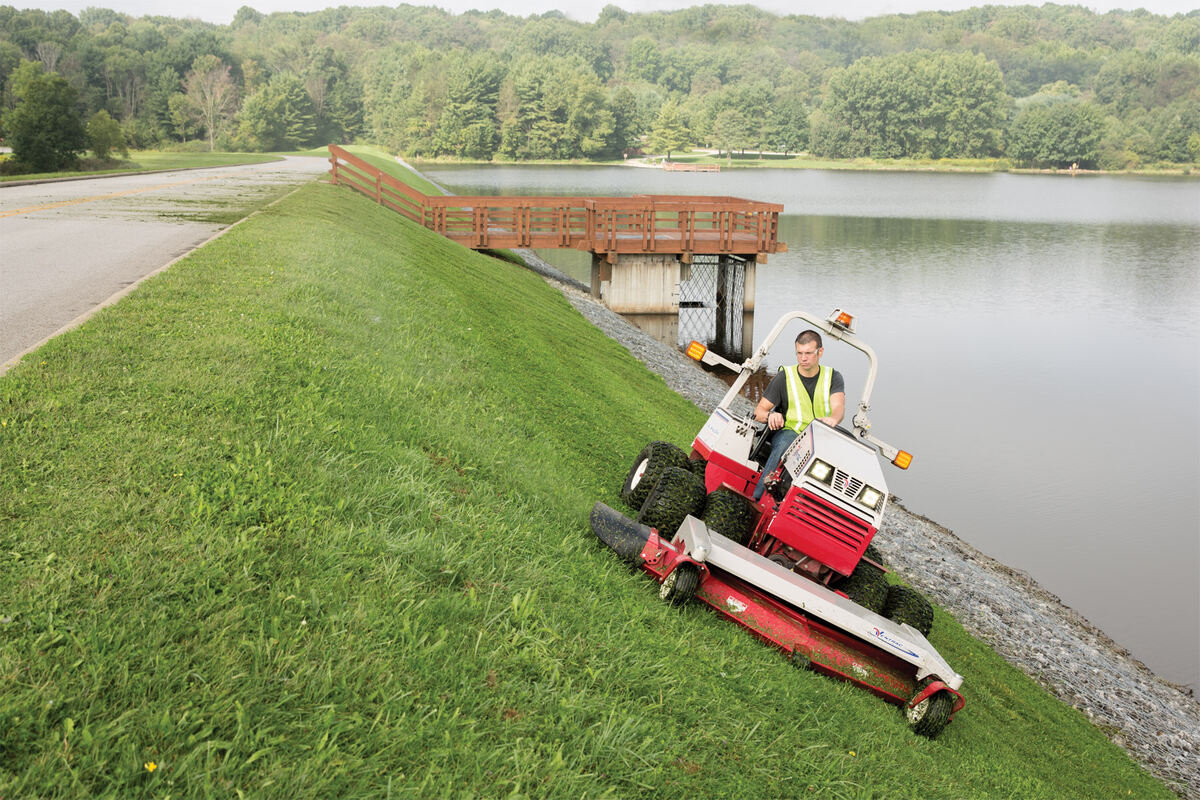
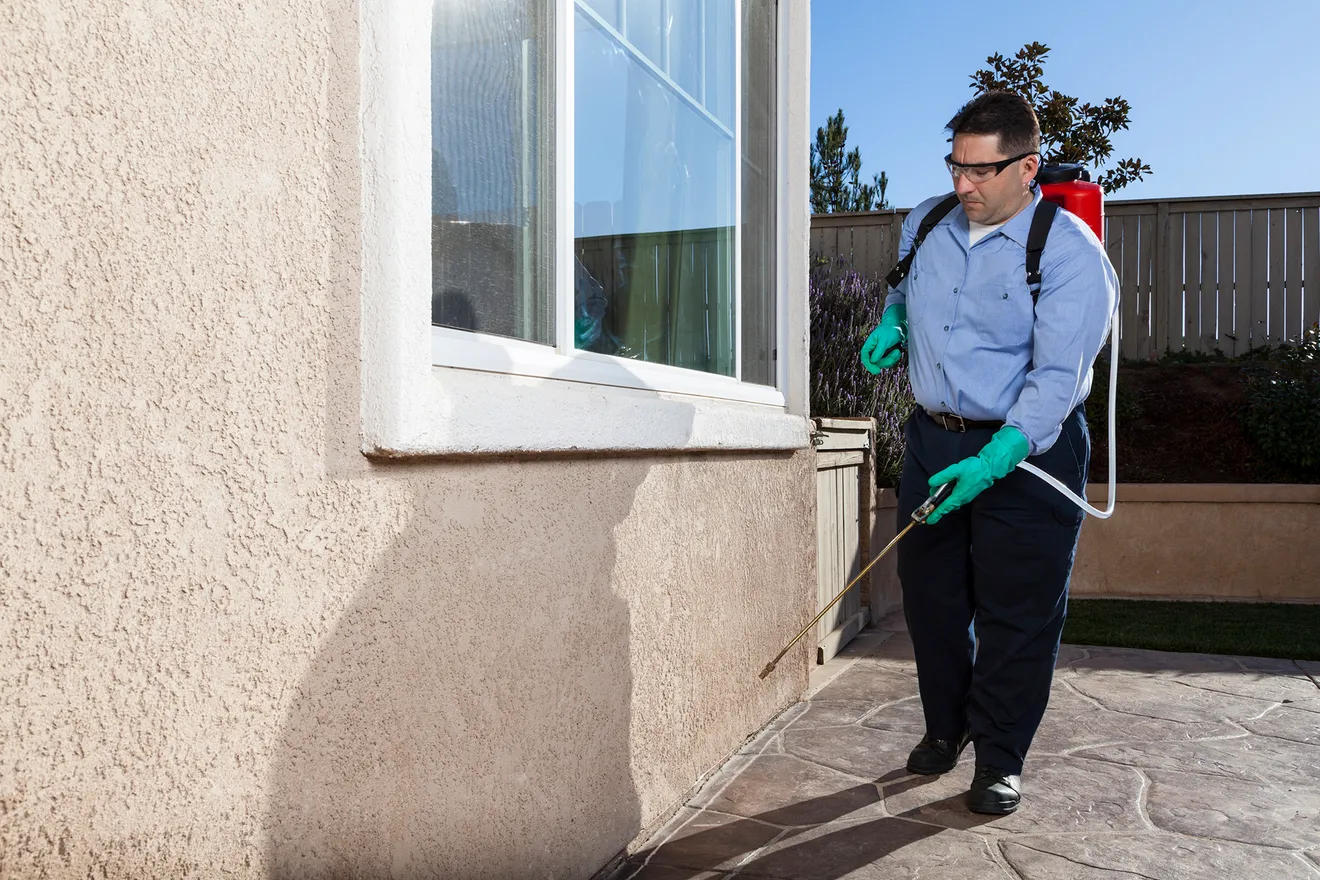
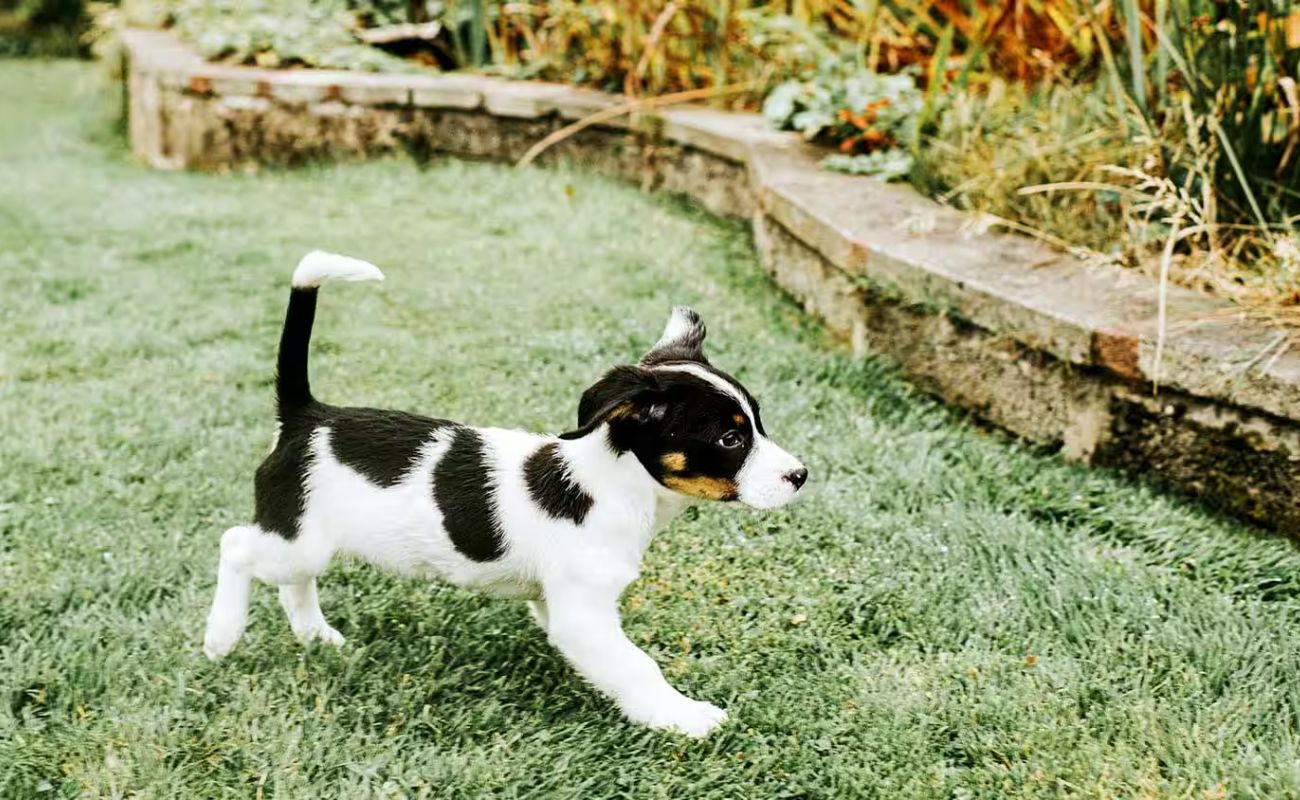
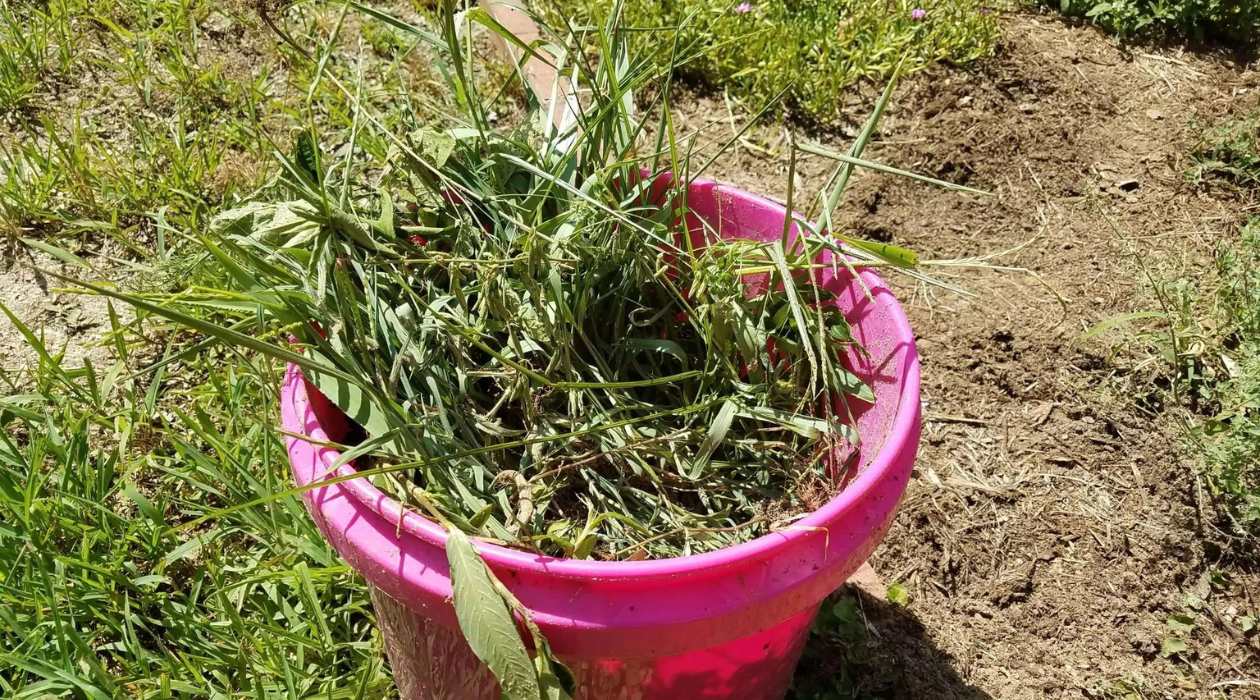
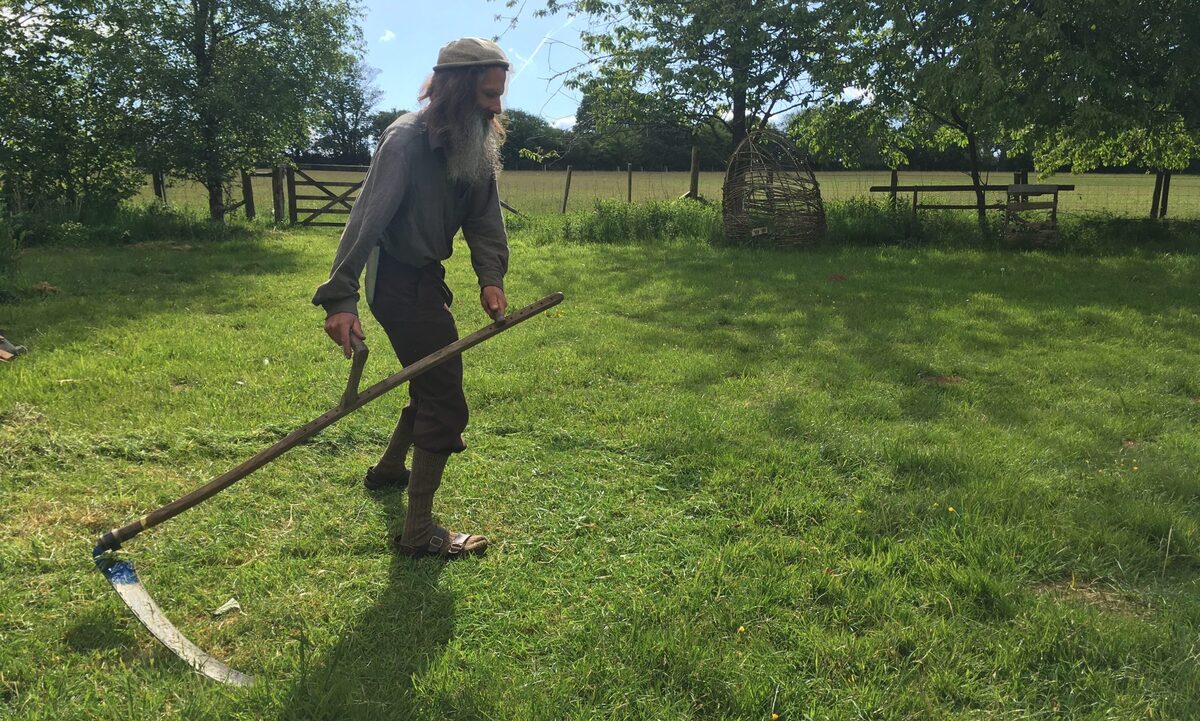
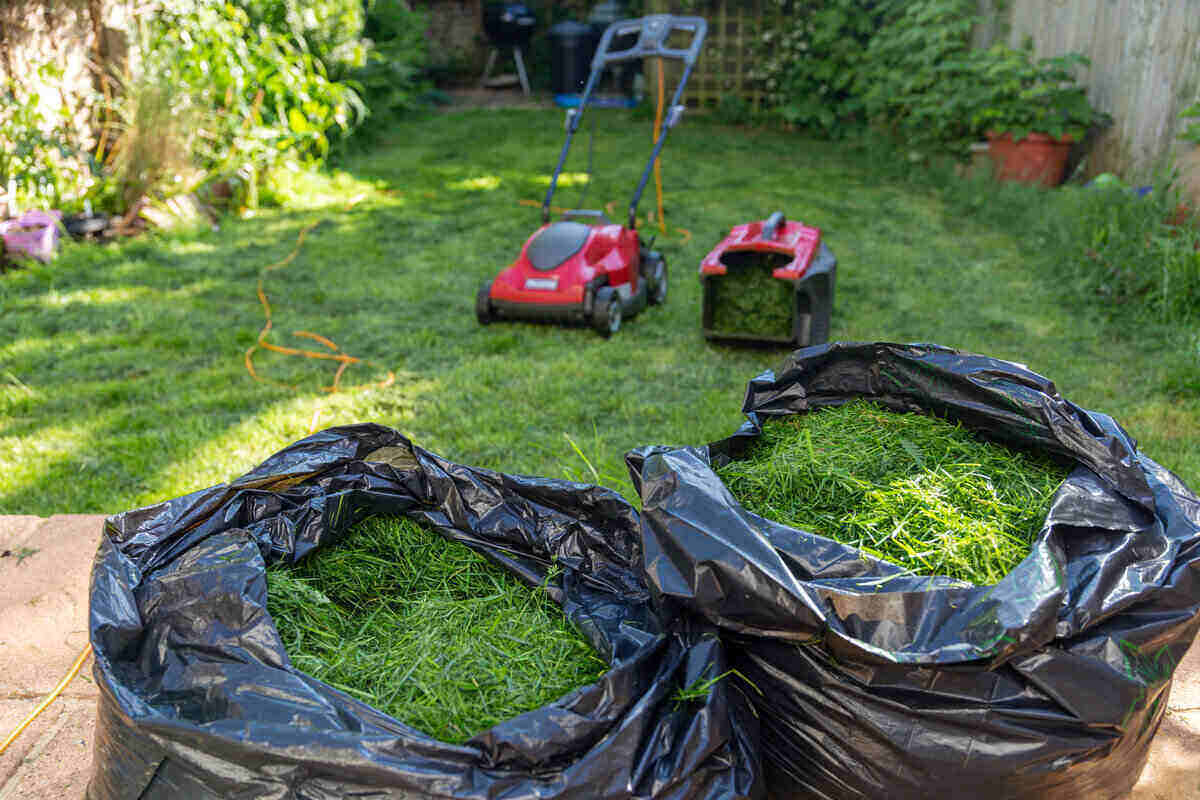

0 thoughts on “How To Keep Grass Clippings Out Of Mulch Beds When Mowing”